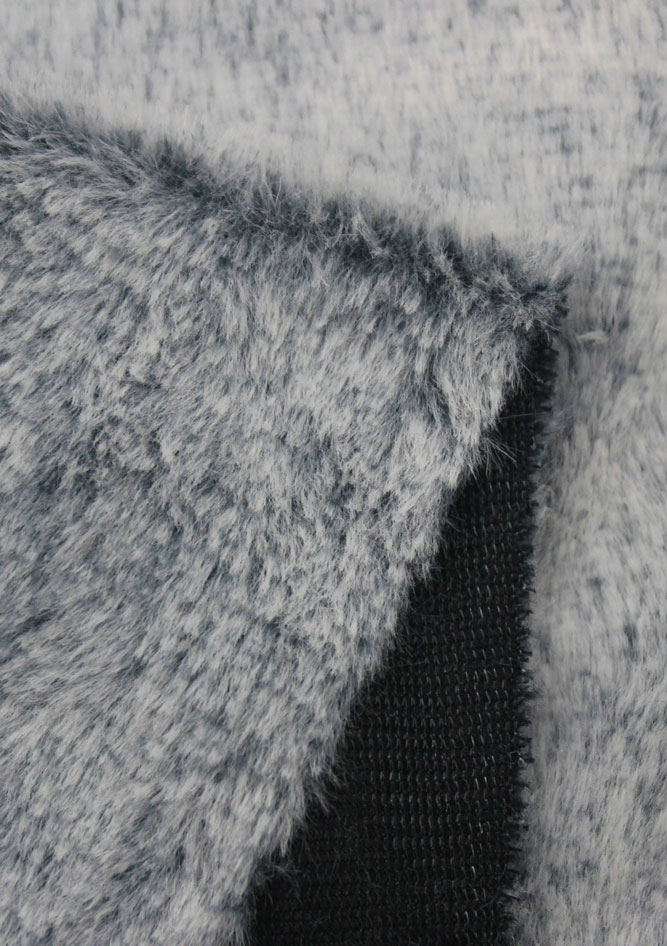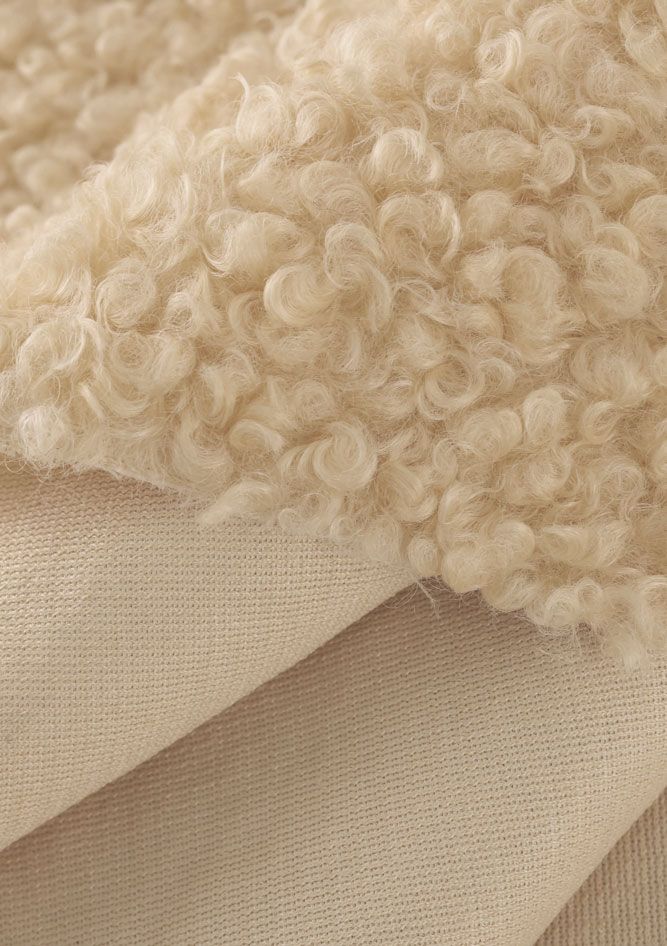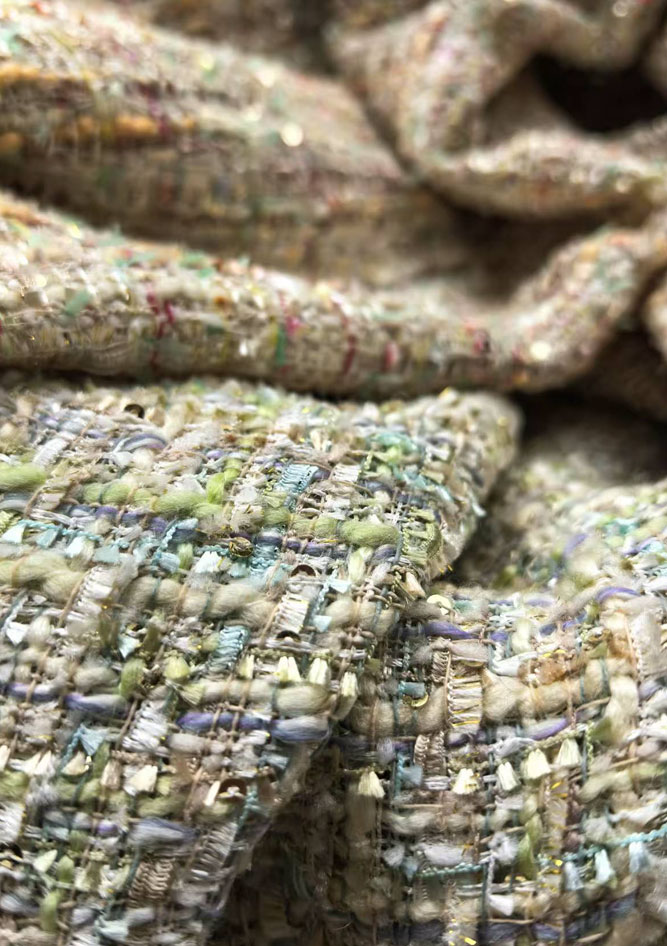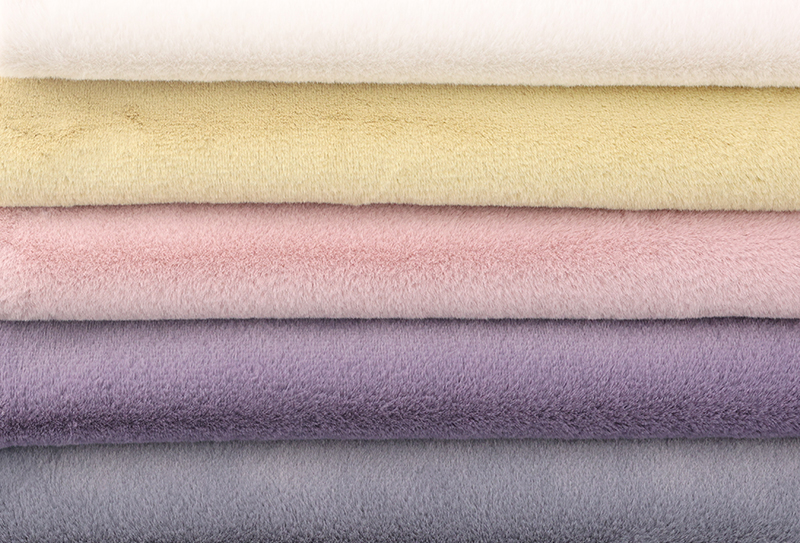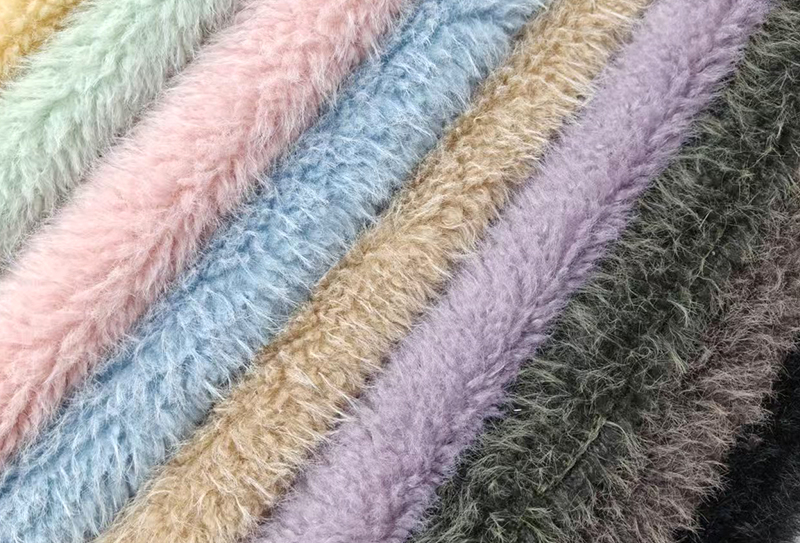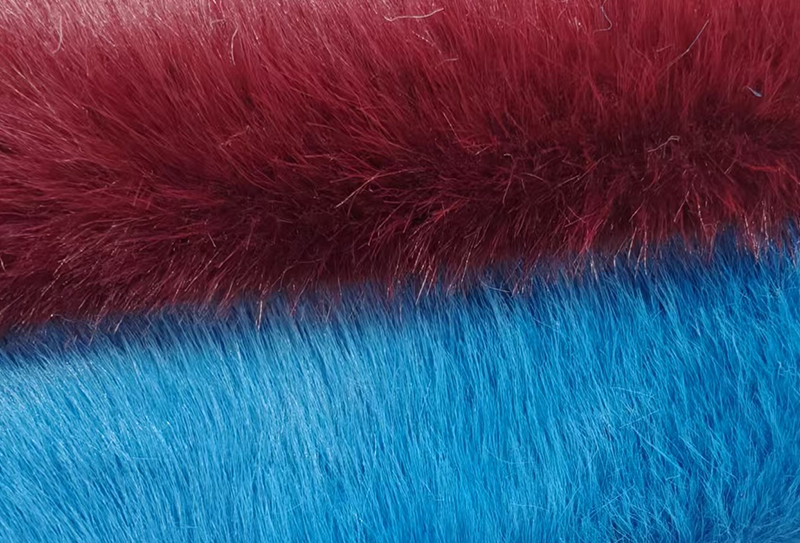The Rise of Conscious Consumerism in Fashion The fashion industry is undergoing a profound transformation as consumers increasingly prioritize ethical considerations in their purchasing decisions. This shift toward conscious consumerism has created an unprecedented demand for sustainable alternatives that don't comprom...
READ MOREOur Collections
Faux Fur Mink Fabric Suppliers
Faux Mink Fur Fabric
-
-
Understanding Short Plush Fabric and Its Key Characteristics Short plush fabric represents a specialized category within the broader plush textile family, characterized by its shorter pile height and distinct performance attributes. Unlike traditional plush fabrics that often feature longer, more luxurious fibers, shor...
READ MORE -
Unveiling the Unique Texture of Curly Particles Plush Fabric The world of textile innovation is continually evolving, introducing materials that redefine our expectations of comfort and style. Among these advancements, Curly Particles Plush Fabric has emerged as a standout, captivating designers and consumers alike wit...
READ MORE
Choosing the Right Faux Fur Mink Fabric for Apparel, Accessories, and Interiors
Faux Fur Mink Fabric has become a top choice for designers and manufacturers seeking luxurious, soft, and ethically-produced alternatives to real mink fur. Its versatility allows it to be used in apparel, accessories, and home textiles, providing both aesthetic appeal and practical durability.
Why Faux Fur Mink Fabric Stands Out
- Luxurious Appearance: Mimics the natural sheen and texture of real mink, offering a high-end look without animal cruelty.
- Softness and Comfort: High-quality fibers create a plush, smooth touch suitable for clothing and home items.
- Durability: Resistant to shedding, matting, and wear, making it suitable for frequent use in garments and décor.
- Ethical Choice: Cruelty-free and environmentally-friendly alternatives that support sustainable fashion trends.
Key Considerations When Selecting Faux Fur Mink Fabric
Selecting the right faux mink fabric depends on several technical and practical factors:
- Material Composition: Polyester and acrylic blends offer softness, durability, and ease of care. Some fabrics may include spandex for added flexibility in apparel.
- Pile Length and Density: Shorter piles (10–15 mm) are ideal for clothing and accessories, while longer piles (20–25 mm) work well for cushions, throws, and plush décor.
- Fabric Weight: Typically between 200–500 g/m². Heavier fabrics provide warmth and structure, while lighter fabrics are better for flowing garments.
- Color and Pattern Options: Solid colors offer versatility for fashion garments, while printed or patterned versions can add unique style to interior projects.
- Maintenance: Easy-to-clean fabrics ensure longevity. Many faux mink fabrics can be hand washed or machine washed on a gentle cycle.
Applications of Faux Fur Mink Fabric
Faux mink fabric is suitable for a wide range of products:
- Apparel: Coats, jackets, vests, collars, and linings that require warmth and a luxury feel.
- Accessories: Scarves, hats, gloves, earmuffs, and handbags that combine style and comfort.
- Home Textiles: Cushions, throws, bedspreads, and decorative items that create a plush and cozy atmosphere.
Technical Parameters of Faux Fur Mink Fabric
| Parameter | Typical Range / Recommendation |
|---|---|
| Material | Polyester, Acrylic, Blends with Spandex |
| Pile Length | 10–25 mm depending on application |
| Fabric Weight | 200–500 g/m² |
| Care Instructions | Hand wash, spot clean, or gentle machine wash |
| Applications | Apparel, Accessories, Home Textiles |
| Colors & Patterns | Solid, gradient, printed patterns |
Why Partner with Zhejiang Shaoxing Wanyi Textile Technology Co., Ltd
Zhejiang Shaoxing Wanyi Textile Technology Co., Ltd, established in 2019 and located at the Keqiao North Link Market, is a leading supplier of short plush fabrics including faux mink fabrics. The company offers:
- One-Stop Solutions: From design and production to sales, simplifying sourcing for overseas clients.
- Wide Product Range: Specializing in plain colors, PV velvet, faux fur, foil, embroidery, brushing, and other processes.
- Global Reach: Serving customers in the United States, Russia, India, and Europe with competitive pricing and reliable quality.
- Focus on Sustainability: Promotes green textile technology while maintaining ethical manufacturing standards.
- Customer-Centric Approach: Ensures high-quality products, market competitiveness, and multiple positive reviews through careful factory selection.
By choosing Zhejiang Shaoxing Wanyi Textile Technology Co., Ltd, designers and manufacturers gain access to premium faux fur mink fabrics that combine style, durability, and ethical sourcing, supporting both creative projects and sustainable development.
Comparing Faux Fur Mink Fabric with Real Mink Fur: Benefits and Limitations
Faux Fur Mink Fabric has become a widely accepted alternative to real mink fur, offering similar aesthetics and softness while addressing ethical and environmental concerns. Understanding the differences between faux and real mink fur can help designers, manufacturers, and consumers make informed decisions for apparel, accessories, and home textiles.
Key Differences Between Faux Fur Mink Fabric and Real Mink Fur
| Feature | Faux Fur Mink Fabric | Real Mink Fur |
|---|---|---|
| Source | Synthetic fibers (polyester, acrylic) | Animal fur from mink |
| Ethical Considerations | Cruelty-free, sustainable | Involves animal farming and ethical concerns |
| Appearance | High-quality faux fur can mimic natural mink’s luster and texture | Natural, glossy, and soft |
| Durability | Resistant to shedding, matting, and fading; easy to maintain | Requires careful maintenance; prone to shedding and damage |
| Cost | More affordable, widely available | Expensive, limited availability |
| Care & Maintenance | Machine washable or spot clean; low maintenance | Professional cleaning recommended; high maintenance |
| Environmental Impact | Lower carbon footprint if manufactured sustainably | Higher impact due to animal farming, chemical treatments, and energy consumption |
Benefits of Faux Fur Mink Fabric
- Ethical and Sustainable: Does not involve animal cruelty, supporting cruelty-free fashion trends.
- Cost-Effective: Offers a luxurious appearance at a fraction of the cost of real mink fur.
- Versatile and Easy to Use: Suitable for garments, accessories, and home décor, with minimal maintenance.
- Customizable: Available in various colors, pile lengths, and patterns to meet design needs.
Limitations Compared to Real Mink Fur
- Authenticity: While high-quality faux fur closely resembles real mink, it may not fully replicate the exact feel and natural luster.
- Heat Sensitivity: Synthetic fibers can be sensitive to high temperatures and certain chemicals.
- Perceived Luxury: Traditional consumers may still prefer natural fur for prestige purposes.

 English
English 中文简体
中文简体